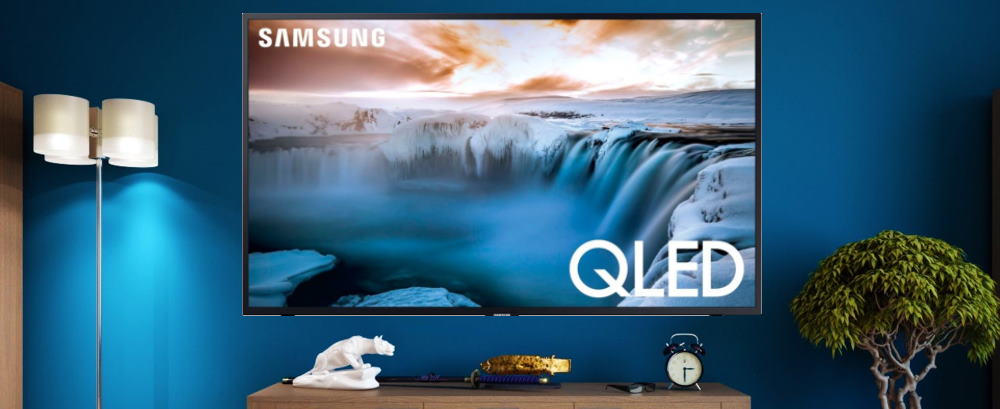Finding the ideal large-screen TV should be a delightful journey, not a challenge bogged down by technical intricacies. Smart TVs, LED, LCDs, QLEDs, 4K, 8K, HDR—the realm of HDTVs is continuously improving. In fact, the truth is that contemporary TVs are not only superior in quality but also remarkably affordable. Enjoy the advancement in technology without the stress of deciphering specifications. The latest TVs offer an unparalleled viewing experience, and their affordability has reached unprecedented levels. Embrace the world of high-definition television, where each day brings new enhancements, making your entertainment setup both impressive and budget-friendly.
Customers often find themselves wishing they had opted for a larger TV instead of a smaller model. Additionally, the sleek designs of modern TVs mean that larger screens take up surprisingly less space than one might imagine.
Prices at different stores can significantly differ for big-screen TVs of the same size. Smart TV manufacturers often employ additional features, complex jargon, and misleading claims about picture quality, potentially draining your budget. Navigating the internet for reliable information proves challenging, as it’s filled with conflicting reviews, misinformation, varied opinions, and unexplained technical jargon. Making an informed decision amid this confusion becomes crucial to ensure you get the best value for your investment in a large-screen TV.
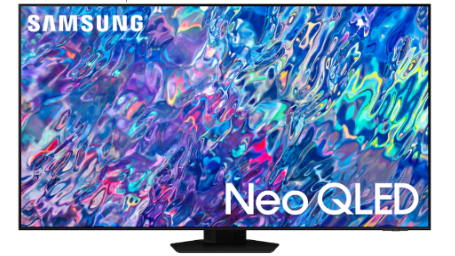
There are a few key factors to consider when buying a TV:
- Size: The size of the TV is an important factor to consider, as it will determine how far you need to sit from the screen and how much of the room it will take up. Choosing a TV size is generally recommended based on the distance you’ll be sitting from it. For example, if you’ll be sitting about 8 feet away from the TV, a 65-inch TV would be a good choice.
- TV Resolution: TVs are available in different resolutions, such as 1080p (Full HD), 4K, and 8K. Higher resolutions offer improved picture quality with more detailed images, but it’s worth noting that higher-resolution TVs can be more expensive and may require more powerful hardware to run.
- Display technology: There are several types of display technologies available, including LED, OLED, QLED, and more. Each type of display has its own strengths and weaknesses, and the best choice for you will depend on your needs and budget.
- Smart features: If you want to be able to access streaming services and apps on your TV, you’ll want to look for a smart TV with built-in internet connectivity. Some TVs also come with virtual assistants, such as Google Assistant or Amazon Alexa, allowing you to control your home’s TV and other smart devices using voice commands.
- Sound quality: The sound quality of a TV can be an important factor, especially if you don’t have a separate sound system. Look for TVs with good sound quality or consider purchasing a separate soundbar or home theater system to enhance the audio experience.
- Budget: Determine how much you’re willing to spend on a TV and look for a model that offers the features and performance you need within your budget. It’s worth noting that higher-priced TVs may offer improved picture quality and a wider range of features, but they may not necessarily be the best value for everyone.
Types of Smart TVs
There are several types of smart TVs available on the market. Here are a few common ones:
- Android TV: These TVs run on the Android operating system, which is the same system used on many smartphones and tablets. Android TVs come with built-in Google Assistant and support a wide range of apps and games from the Google Play Store.
- Samsung Tizen: Samsung smart TVs run on the Tizen operating system, which Samsung develops. Tizen TVs come with built-in Bixby, Samsung’s virtual assistant, and offer a range of apps and games from the Samsung App Store.
- LG webOS: LG smart TVs run on the webOS operating system, which is developed by LG. webOS TVs come with built-in LG ThinQ, LG’s virtual assistant, and offer a range of apps and games from the LG Content Store.
- Roku TV: These TVs come with built-in Roku streaming platform, allowing you to access a wide range of streaming services and channels without needing an external streaming device.
- Amazon Fire TV: These TVs come with the built-in Amazon Fire TV streaming platform, allowing you to access a wide range of streaming services and channels without needing an external streaming device.
- Apple TV: These TVs come with the Apple TV streaming platform built-in, allowing you to access a wide range of streaming services and channels, as well as Apple’s own content library, without the need for an external streaming device.
- Smart TVs with built-in Chromecast: Some TVs come with Google’s Chromecast built-in, allowing you to easily cast content from your smartphone, tablet, or computer to the TV.
- Smart TVs with built-in AirPlay: Some TVs come with Apple’s AirPlay built-in, allowing you to easily share content from your Apple device with the TV.
TV Resolution Comparison Chart
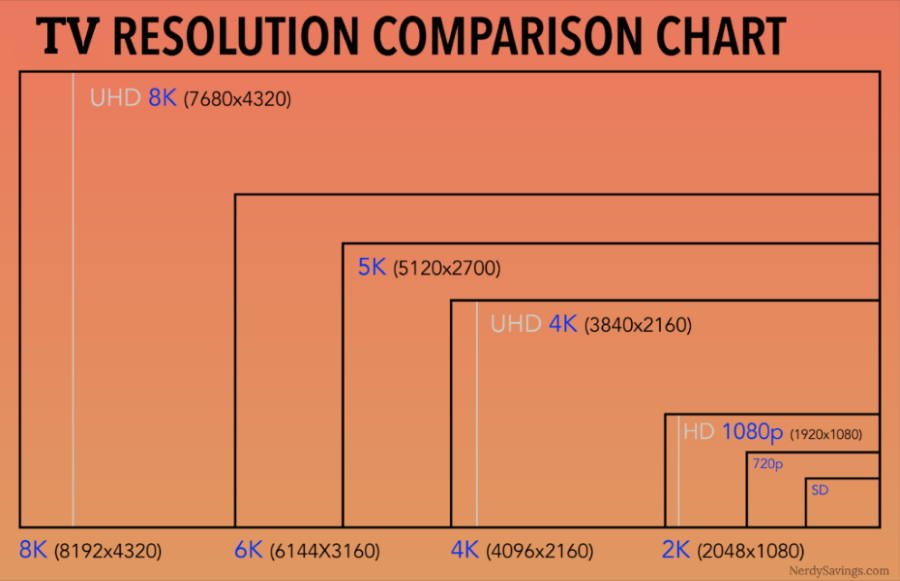
We’ve compiled this ultimate guide to help you keep track of everything.
What to look for when buying a TV |
||
|---|---|---|
| TV Resolution | 720p or 1080p or 4K resolution | If you want a future-proof set stay with 4K, 8K is pricy |
| Screen Size Biggest Factor | 32" 40" 43" 50" 55" 60" 65" 70" 75" 80" 85" | Start at 55 inches, unless you're in a small apartment or dorm. |
| Extended Warranties | Biggest revenue generators for stores is the extended warranty. Why? Because they are so rarely used | Save Your Money |
| HDR | Look for an HDR-compatible set | HDR offers more realistic colors and better contrast. |
| Refresh Rate | 60 Hz or 120 Hz or 240 Hz | Faster is Better, Start with 120 Hz |
| HDMI and Connections | Go for More : Look for at least four HDMI ports | Opt for the newer HDMI 2.1 format if you can |
| TV Screen Types | LCD, LED LCD, OLED, QLED | Between basic LCD and pricey OLED displays, quantum-dot enhancement is a smart way to go. |
| 8K Resolution | 8K Content is missing | Hold Off |
| Contrast Ratios | Better contrast ratios display more subtle shadows and hues, and thus better detail. | |
Whether you’re looking for a basic or high-performance gaming TV, The biggest factor in your decision will probably be screen size.
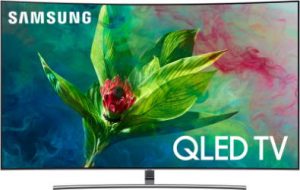
The Guidelines from the Society of Motion Picture & Television Engineers recommend sitting at a distance where the screen fills up about 30° of your field of vision as a minimum for a good experience. A higher field of view was first made possible with Full HD resolutions, but 4k enhances that ability even more.
Extended Warranties : Save Your Money
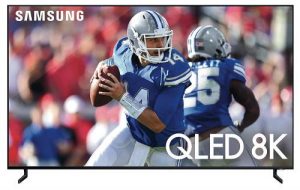
The biggest revenue generator for electronics stores is the extended warranty, as they are so rarely needed.
So, if you get a lemon, it’s likely to be apparent, at least within the first 30 days of ownership….. a time period usually covered by a standard store-return policy. Beyond that, most manufacturers offer a one-year warranty. Credit card companies may offer additional automatic coverage on purchases, so check with your provider. Costco is an excellent place to buy as they have a 90-day return policy.
BestBuy TV Deals
Amazon TV Deals
Walmart TV Deals
Target TV deals
Smart TVs
Smart TVs are essentially regular TVs that have built-in wifi capabilities for connecting to the Internet, which is why they’re also known as Internet-ready TVs.
Why do smart TV’s have terrible browsers in them?
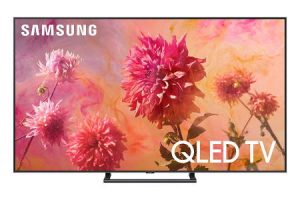
The tv manufacturers’ Business models is to be blamed, Apps make money, Web Browsers let you bypass Apps (FCC looks other way .. capitalism).
All of the smart tv interfaces load slowly, feel unresponsive, and as many others have noted suffer from ui design issues in addition to performance problems.
TV Screen Size 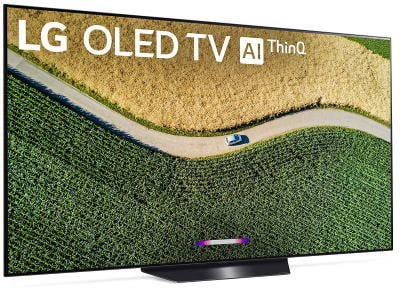
Bigger and closer is usually better when choosing the perfect tv for your room. Not only is the tv size the biggest factor affecting the price of a television, but it also has a huge impact on the perceived picture quality and color. The more a TV fills your view, the more captivating the content will be.
Smart TVs For Streaming
Almost all new TVs come equipped with a smart platform. Some TV manufacturers choose to use their own smart platforms, whereas others choose to integrate innovative platforms like Android or Roku. No matter the case, the selection of apps is excellent and the most common apps are available on almost all platforms.
The Best Live TV Streaming Services
When it comes to services that help you save money, cable is never on that list.
The best way to maximize your content selection is to buy a set-top box such as a Roku Premiere, Fire TV Stick 4K, or Apple TV 4K
Netflix, VidMate, HBO Now, Amazon Prime Video, Hulu, VUDU, Showbox, Megabox HD, JioCinema, SnagFilms, Free Flix, Viewster, Sony Crackle, Tubi, Kanopy, IMDb Freedrive, Fubo
What are QLED TVs?
QLED stands for Quantum Dot LED, and it’s a technology used in certain types of LED-backlit LCD TVs, particularly those produced by Samsung. QLED TVs utilize quantum dots, which are tiny semiconductor particles that emit precise colored light when exposed to light or electricity.
Here are some key features and benefits of QLED technology:
- Improved Color Accuracy: Quantum dots allow for more accurate and vibrant colors, contributing to a wider color spectrum.
- Enhanced Brightness: QLED TVs can achieve higher levels of brightness compared to traditional LED TVs, leading to better visibility in well-lit rooms.
- Better Energy Efficiency: Quantum dots can enhance the energy efficiency of the TV, resulting in improved overall performance.
- Reduced Color Degradation: QLED technology helps minimize color degradation over time, ensuring a more consistent and long-lasting picture quality.
- HDR Performance: QLED TVs often excel in high dynamic range (HDR) content, providing better contrast and detail in both bright and dark scenes.
It’s important to note that while QLED TVs share some characteristics with OLED (Organic Light Emitting Diode) TVs, they use different underlying technologies. QLED relies on LED backlighting, while OLED TVs have pixels that emit their own light. As of my last knowledge update in January 2022, QLED technology has been a popular choice for those seeking high-quality picture performance with vibrant colors.
What are 8K TVs?
8K TVs, also recognized as Ultra High Definition (UHD) TVs, boast a remarkable resolution of 7680 x 4320 pixels—four times that of 4K TVs (3840 x 2160 pixels) and a staggering sixteen times that of Full HD TVs (1920 x 1080 pixels). The allure of 8K TVs lies in their ability to deliver superior picture quality characterized by heightened detail, enhanced color precision, and broader viewing angles when compared to lower-resolution counterparts.
Presently, the availability of 8K content is somewhat limited, with most TV shows and movies yet to embrace this ultra-high resolution. Despite this limitation, 8K TVs remain versatile, accommodating lower-resolution content such as Full HD and 4K. Leveraging upscaling technology, these TVs can elevate the quality of content at lower resolutions, ensuring a visually satisfying viewing experience.
What are Gaming TVs?
Gaming TVs are specially designed television sets that prioritize features tailored to enhance the gaming experience. These TVs aim to deliver optimized performance for gaming consoles and PC gaming. Key features of gaming TVs include:
- Low Input Lag: Gaming TVs minimize the delay between pressing a button on the controller and the corresponding action on the screen, ensuring a responsive gaming experience.
- High Refresh Rates: A higher refresh rate, typically measured in Hertz (Hz), contributes to smoother motion in fast-paced games.
- Variable Refresh Rate (VRR): VRR technology syncs the display’s refresh rate with the frame rate output of the gaming console or PC, reducing screen tearing.
- High Resolution (4K or higher): Gaming TVs often offer high-resolution displays for crisp and detailed visuals.
- HDR Support: High Dynamic Range (HDR) enhances contrast and color accuracy, providing a more immersive and vibrant gaming environment.
- HDMI Ports: Multiple HDMI ports allow users to connect gaming consoles, PCs, and other devices simultaneously.
- Game Mode: Many gaming TVs include a dedicated game mode that optimizes settings for gaming, such as reducing input lag and enhancing image quality.
- Immersive Audio: Some gaming TVs feature advanced audio technologies or support for external sound systems to deliver an immersive gaming audio experience.
Popular brands offer gaming-specific TV models, recognizing the growing demand for displays that cater to the unique requirements of gamers. When choosing a gaming TV, factors like input lag, refresh rate, and compatibility with gaming consoles are crucial considerations for an optimal gaming setup.
BOGO Promotions: Buy One, Get One Free Deals
Vacuum Cleaners Buying Guide
Smart TV buying guide
Your Ultimate Telescope Buyer’s Guide
Laptop Buying Guide
Car Rental Tips
Costco Car Rental: Is it Really a Good Deal?
How to save money on Auto Insurance
Save Money and Stop Buying Premium Gasoline
